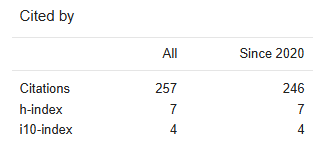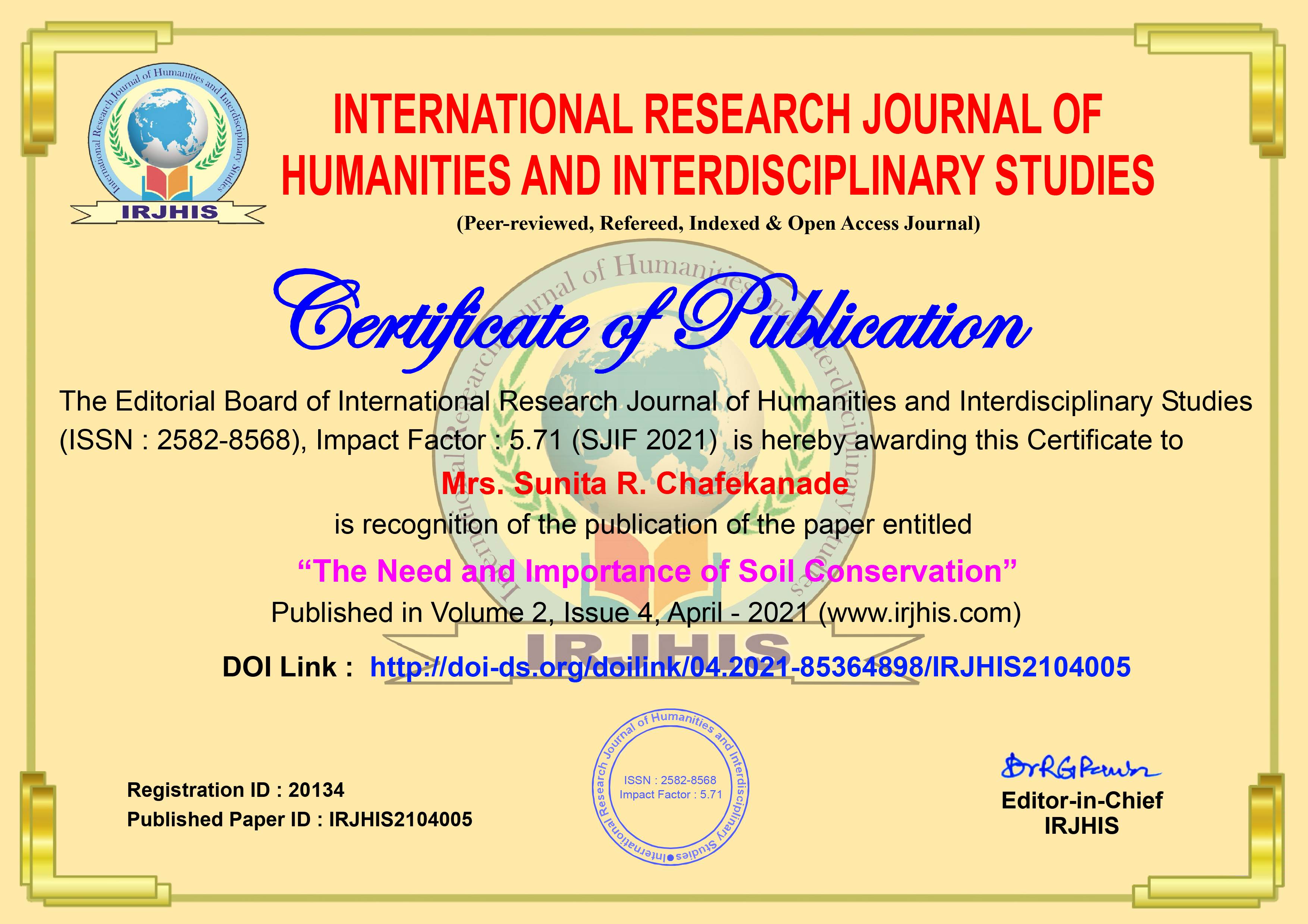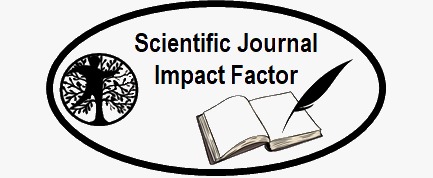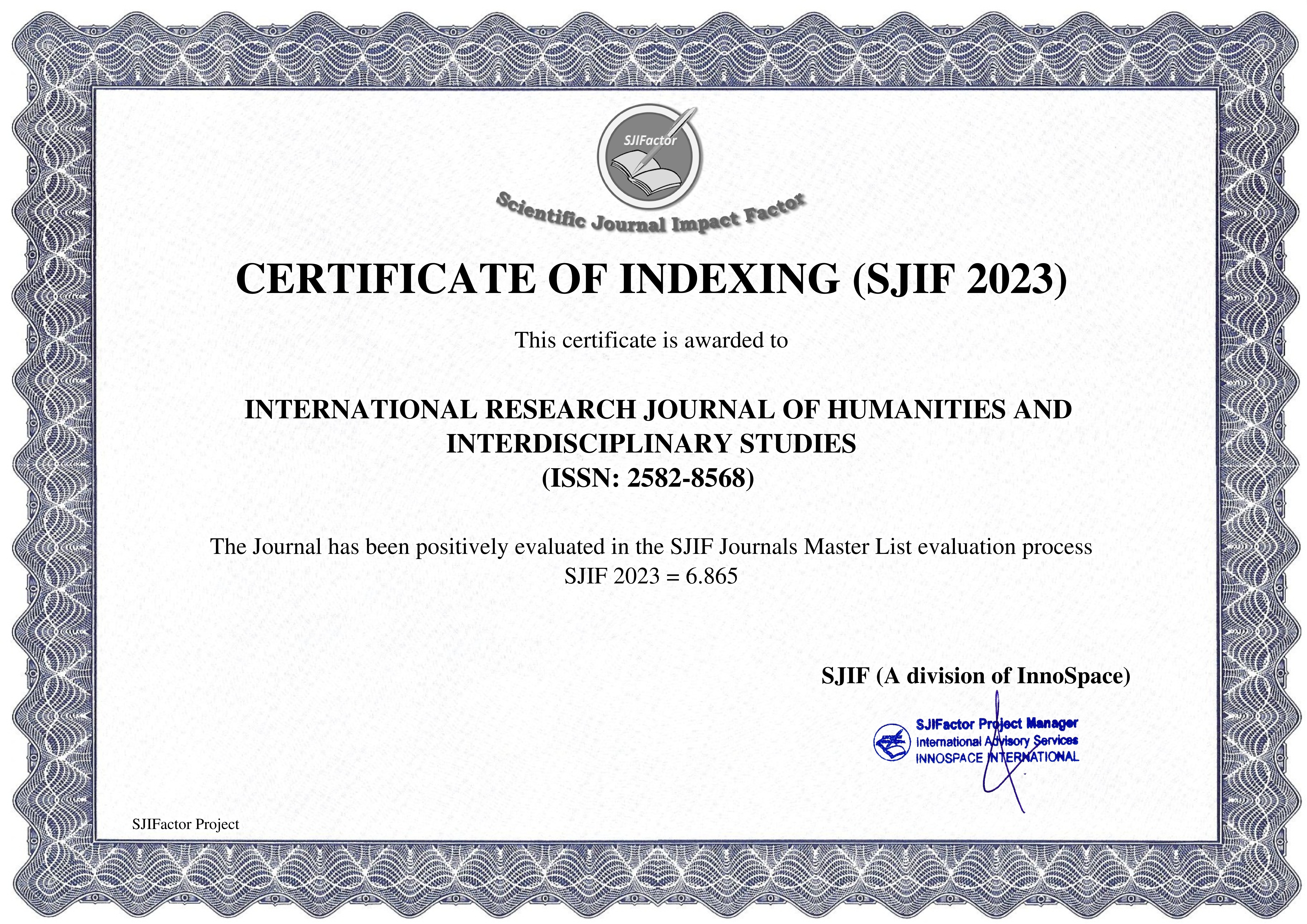Paper Details


Call For Papers
Volume 06, Issue 12
Frequency: 12 Issue per year
Paper Submission: Throughout the Month
Acceptance Notification: Within 2 days
Areas Covered: Multidisciplinary
Accepted Language: Multiple Languages
Journal Type: Online (e-Journal)
Announcement

Publish books with ISBN Number
- Edited Book
- Text Book
- Ph.D Thesis
- Conference Proceedings
ISSN Number:
2582-8568
Journal DOI No:
03.2021-11278686
Title:
Environmental Justice as a Human Rights Issue
Authors:
Cite this Article:
,
Environmental Justice as a Human Rights Issue, International Research Journal of Humanities and Interdisciplinary Studies (www.irjhis.com), ISSN : 2582-8568, Volume: 5, Issue: 3, Year: March 2024, Page No : 188-194,
Available at : http://irjhis.com/paper/IRJHIS2403022.pdf
Abstract:
This study paper looks at the link between environmental justice and human rights in order to make sure that environmental rights and responsibilities are shared fairly on a global, national, and regional level. Disparities in who is responsible for what in the environment, being left out of decisions, and not getting enough money to fix problems caused by unfair affects are what environmental justice problems are all about. We show in this study that taking natural resources without permission can be a violation of basic human rights and that environmental unfairness often happens at the same time as human rights violations. Through a thorough analysis of the literature, the study looks at the legal and policy points of view, as well as the socio-economic impacts, stakeholder points of view, problems, and successful grassroots movements for environmental justice. The water disaster in Flint, Michigan, and the protests against the Standing Rock Pipeline are both examples of environmental injustices that hurt people's rights. The last part of the study suggests taking action to make environmental justice a human right. Some of these actions are getting people in the community involved, making laws better, and working together with other countries. To fix systemic inequality, push for fair resource sharing, and fight for policies that protect everyone's and every community's health, the study stresses how important it is to understand the connection between-environmental justice and human rights
Keywords:
Human Rights, Equity, Environmental Justice, Legal Frameworks, Socioeconomic Impacts, Stakeholder Perspectives, Grassroots Movements, Case Studies, International Cooperation, Policy Recommendations
Publication Details:
Published Paper ID: IRJHIS2403022
Registration ID: 21356
Published In: Volume: 5, Issue: 3, Year: March 2024
Page No: 188-194
ISSN Number: 2582-8568
Download Full Paper: Click Here
Article Preview:





